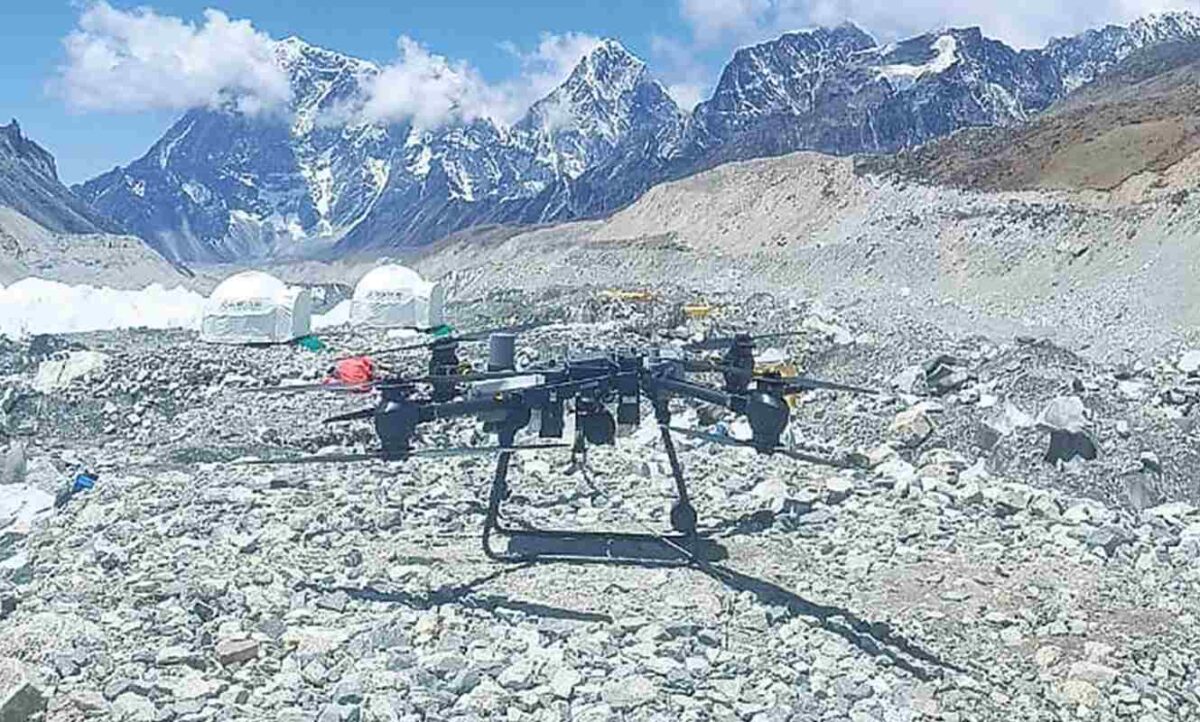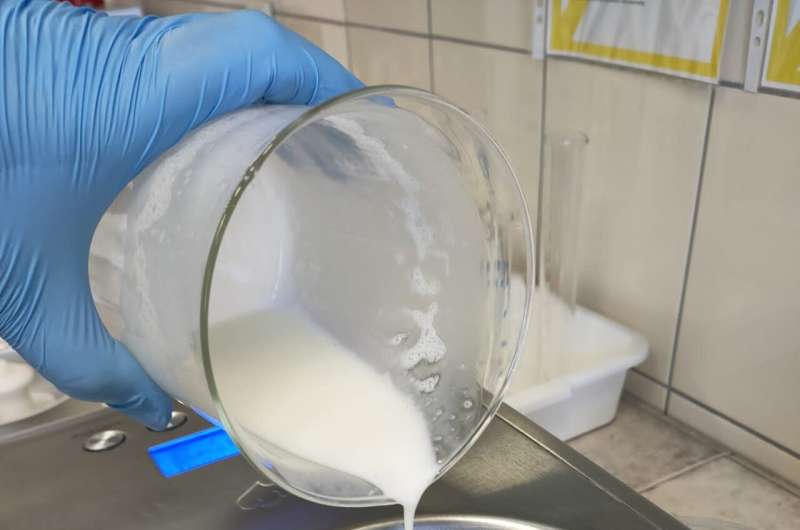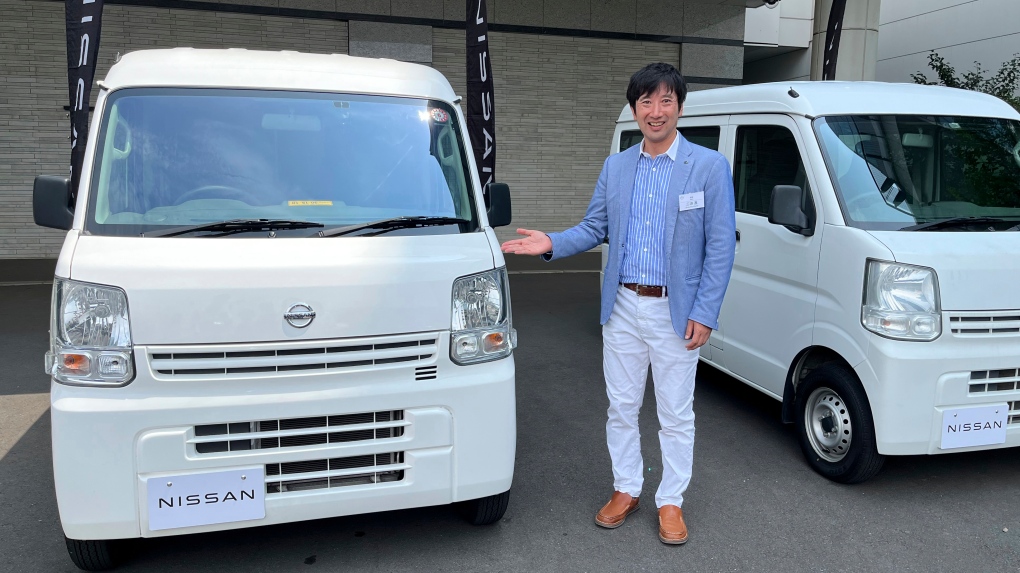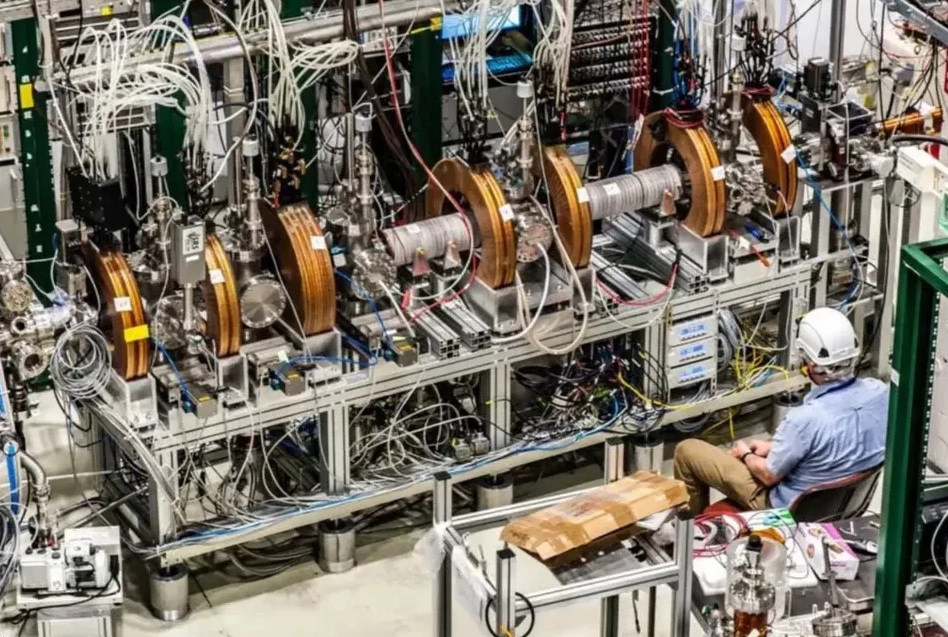Scientists are well-versed in the properties of electrons, protons, neutrons, and other subatomic particles that make up matter. However, the particles that constitute antimatter, a rare but real counterpart of matter, still have many mysteries.
The primary distinction between matter and antimatter lies in their electric charges. While matter is composed of particles like protons and electrons, antimatter consists of antiparticles such as antiprotons (negatively charged) and positrons (positively charged), which have opposite charges compared to their matter counterparts.
Studying antimatter could unveil new energy sources and shed light on unknown aspects of the universe. A groundbreaking study by researchers at CERN (the European Organization for Nuclear Research) introduces a revolutionary device capable of cooling antiprotons in just eight minutes, a significant improvement from the previous 15-hour process.
“This considerable improvement makes it possible to measure antiprotons’ properties with unparalleled precision,” the study authors note.
Why Cool Antiprotons?
To study antimatter, scientists create and collide particles like antiprotons and positrons in particle accelerators such as the Large Hadron Collider (LHC). Cooling these particles is essential because cooler antiprotons move more slowly, allowing for precise control and measurement without interference from rapid, random movements. This precision is critical for accurate experiments and measurements.
For example, to determine the magnetic moment of an antiproton, scientists must measure the frequency of spin quantum transitions, known as spin flips. An antiproton’s spin alternates between ½ and -½ in a magnetic field, and measuring the spin-flip frequency requires the particle to be slow.
“To get a clear measurement of an antiproton’s spin transitions, we need to cool the particle to less than 200 millikelvins (-459.3°F or -272.95°C),” explains Barbara Latacz, lead author and researcher in the BASE experiment at CERN.
The BASE (Baryon Antibaryon Symmetry Experiment) team studies the magnetic moments of protons and antiprotons to identify any differences between matter and antimatter. Previously, their setup required about 15 hours to cool antiprotons. To get the data they needed, they would have to conduct 1000 measurement cycles, which would take 3 years which was prohibitively long.
The new breakthrough reduces the cooling time over 99% to just eight minutes, enabling the BASE team to conduct 1000 measurement cycles and obtain precise results within a month. The drastic improvement in cooling efficiency is attributed to a combination of factors, enhancing the study of antimatter and potentially unlocking new insights into the universe.




